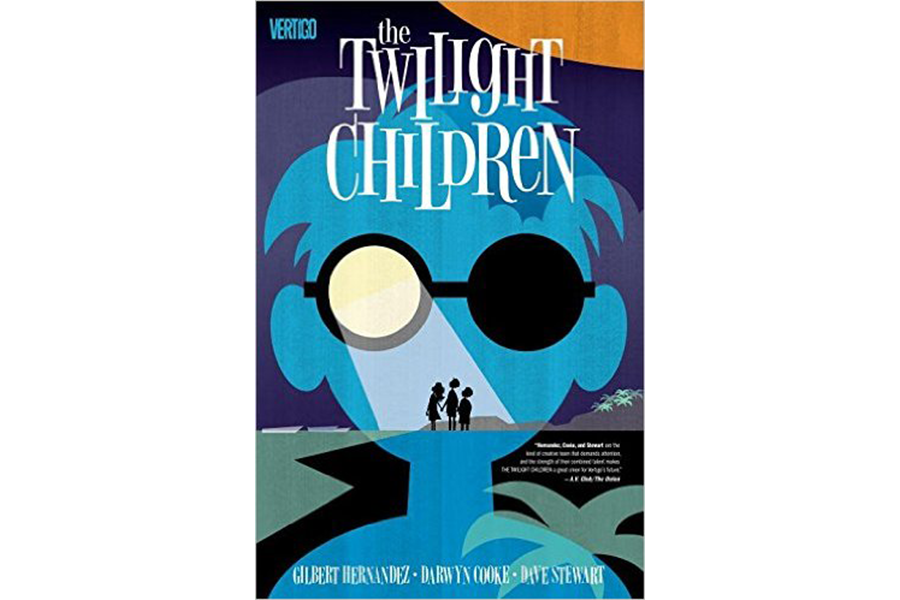'The Twilight Children' makes a compelling coda to a remarkable career
Loading...
Darwyn Cooke's last comic book series marks the sudden passing of this legendary comic creator.
News of the death of Cooke – arguably the greatest comic artist of recent years – rocked the comic book world on May 14th. But what better way to celebrate Cooke than to read his last comic series to see print – the sci-fi tale The Twilight Children from DC Comics mature line Vertigo. Cooke illustrated this story (he usually wrote and drew his comics) which was written by another comics legend, Gilbert Hernandez, and colored by frequent Cooke collaborator Dave Stewart.
It all begins as mysterious glowing orbs are sighted just off the shore of a peaceful Latin American fishing village. The villagers have gotten used to them appearing and disappearing with no ill affects ... until now.
Three children suddenly go blind when they come in contact with an orb and a mysterious and beautiful mute woman appears (from an orb?), not only alarming the villagers but also drawing some badly disguised federal agents and a scientist to the once peaceful village. This is the story of "The Twilight Children."
The first few pages of the story give us a taste of the richly diverse inhabitants of the small village, introducing us to residents such as the sweet blinded children, poor hermit Bundo, the alluring Tito, her lover Anton, the scientist Felix, and alien Ela whose connection to the orbs is the key to solving the mystery.
"The Twilight Children" is as mesmerizing as the glowing orbs that besiege this tiny village. Hernandez's words and Cooke's visuals create fully realized and very human characters trying to survive an very alien threat to them. The characters' stories make this a quick page-turner.
The creators of this tale are some of the top talent making comics today. Writer Hernandez is renowned for his seminal comics work "Love and Rockets," a series with a vast array of colorful, human characters. Stewart is the colorist whose amazing palette has contributed so much to so many beautiful pages of comic art, including "Hellboy" and "The Sandman: Overture."
But the real star of this book is Cooke. He has been creating jaw-dropping comic book work for years. His superhero work, for DC Comics in particular, created timeless, retro versions of the characters. To mention just a few of the masterpieces that he's illustrated and written: "DC: The New Frontier" (his masterwork, which was adapted into an animated film); "The Spirit"; and graphic novels adaptions of Richard Stark's Parker novels. Cooke had recently returned to DC comics to illustrate "widescreen" foldout covers for 23 titles.
"The Twilight Children" is one gorgeous book, worth buying for the art alone, but the compelling small town scifi story is worth reading too. And since it is a DC Vertigo title, readers should expect mature themes, language, and some nudity.
Knowing this is Cooke's last graphic novel (it's not known at this time if more work is to come posthumously) makes this a bittersweet but beautiful reading experience. I think I'll read it again.






